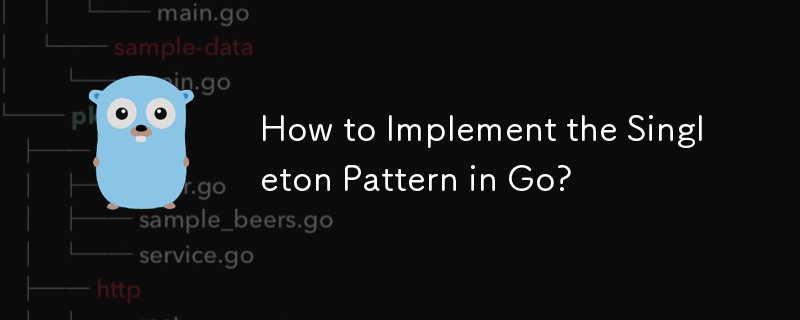

Implementing the Singleton Pattern in Go
In the realm of object-oriented programming, the Singleton pattern aims to enforce the creation of a single instance of a class or type throughout the program's lifetime. Here's how you can achieve this pattern in Go:
Using Private Variables and Public Constructor:
This approach employs private variables and a public constructor to restrict direct instantiation of the singleton:
package singleton
type single struct {
O interface{}
}
var instantiated *single = nil
func New() *single {
if instantiated == nil {
instantiated = new(single)
}
return instantiated
}By making single and instantiated private, you can ensure that only the New function can instantiate the singleton.
Using sync.Once:
For thread safety, you can utilize the sync.Once type to ensure that the singleton is initialized only once, even in concurrent environments:
package singleton
import "sync"
type single struct {
O interface{}
}
var instantiated *single
var once sync.Once
func New() *single {
once.Do(func() {
instantiated = &single{}
})
return instantiated
}Considerations:
While the Singleton pattern can be useful in certain scenarios, it's important to consider its potential drawbacks and explore alternative approaches. Packages in Go inherently act as singletons, providing true encapsulation and resource management. Therefore, carefully evaluate whether a traditional Singleton pattern is necessary before implementing it.
The above is the detailed content of How to Implement the Singleton Pattern in Go?. For more information, please follow other related articles on the PHP Chinese website!




